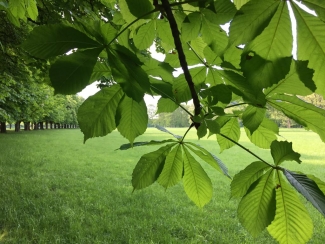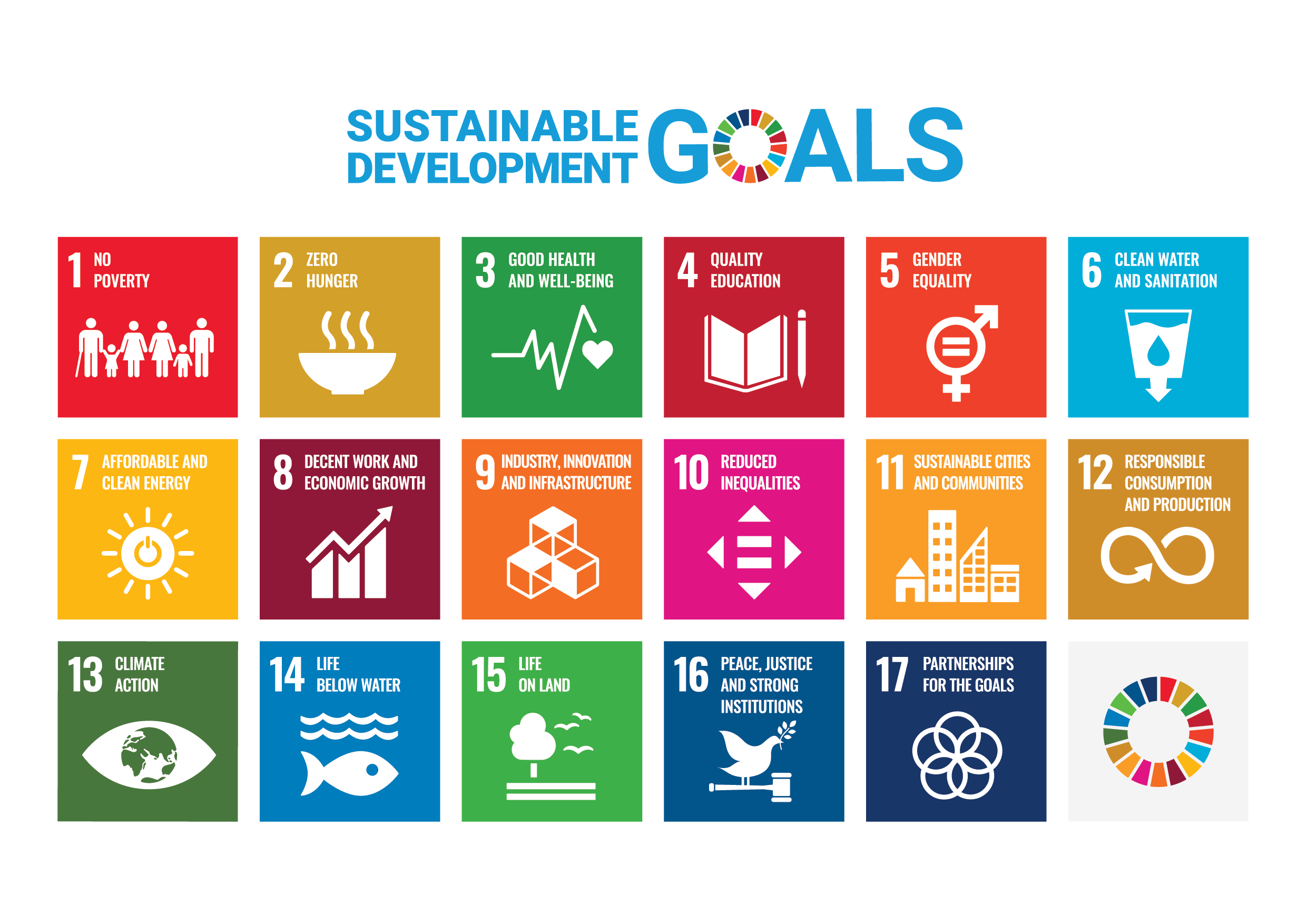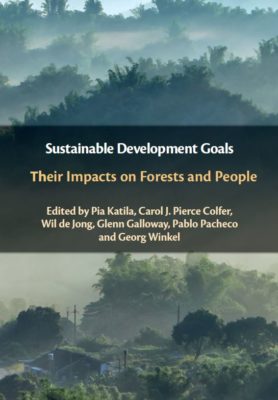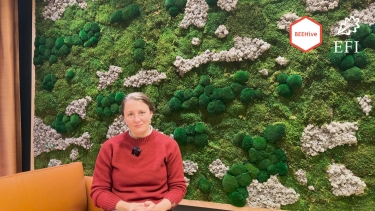SDGs' impacts on forest and people

Have you thought of the potential trade-offs associated with the implementation of the SDGs? How they will impact forest-dependent people? Whether there is a realistic balance between population and economic growth and environmental protection?

Transforming our World: the 2030 Agenda for Sustainable Development including its 17 Sustainable Development Goals (SDGs) and 169 targets was adopted on 25 September 2015 by Heads of State and Government at a special United Nations summit. The Agenda is a commitment to eradicate poverty and achieve sustainable development by 2030 world-wide, ensuring that no one is left behind. The adoption of the 2030 Agenda was a landmark achievement, providing for a shared global vision towards sustainable development for all.
Georg Winkel, Head of EFI's new Governance Programme, is the editor of the new book Sustainable Development Goals: Their Impacts on Forests and People, published by Cambridge University Press. EFI's Research Network Coordinator, Camilla Widmark, contributed to one of the chapters. The book discusses the conditions that influence how the 17 SDGs are implemented and prioritized, and provides an assessment of interlinkages among SDGs and their targets, an understanding of potential synergies and unavoidable trade-offs between the goals from the point of view of forests and people.
Forests provide vital ecosystem services crucial to human well-being and sustainable development and have an important role to play in achieving the SDGs. Approximately 1.6 billion people directly depend on forests and the ecosystem services they provide for their livelihood. Furthermore, the planet depends on the forests’ role in regulating water, nutrients and carbon cycles.
However, little attention has yet focused on how efforts to achieve the SDGs will impact forests and these forest-related livelihoods, and how these impacts may, in turn, enhance or undermine the contributions of forests to climate and development. According the to book findings, when it comes to forests and people, the question still remains as to what degree economic growth is the solution to achieve sustainable development.
Georg Winkel is cited to explain the role of forests in decoupling demographic and economic growth from environmental impacts, including carbon emissions. In EFI’s series What Science Can Tell Us, he elaborates on how forests may play an important role in such a decoupling, e.g. through innovation and valuation of the ecosystem services they provide as pillars for a green and sustainable economy.
The authors of the SDG book also claim that there is no perfect forest for all demands, and that trade-offs are frequent among different forest ecosystem services, and more so, among different land use types. For example, activities to achieve SGD 9 (industry, innovation and infrastructure) are likely to involve infrastructure development, which in turn may lead to forest loss, especially in less developed countries. On the other hand, SDG 13 (climate action) will often lead to better forest management, as well as forest restoration. Therefore, it is necessary to consider these trade-offs and set priorities.
Another important discussion focuses on the context and the fundamental values and principles that guide sustainable development related to forests and people. The same SDGs will often lead to different effects in different contexts. For example, countries with lower GDP per capita and high poverty levels may focus on increasing industrial and agricultural productivity, frequently to the detriment of forests and forest-dependent people. Whereas wealthier countries may see the conservation of their remaining forests as high priority. Hence, the importance of engaging local people in the planning and implementation of the SDGs and transparent decision-making to face unresolved value and interest conflicts.
Finally, the book suggests that the socio-ecological system determining the planet’s land use needs to be assessed to understand the impacts of the SDGs on the forest-dependent people. That is looking into the population and economic growth, consumption and its environmental footprint, climate change, corruption and failing governance, technology (access and funding), the fundamental role of culture and religion in driving behavioural patterns, and the prevalence of wars and violent conflicts in many world regions.

In light of the ongoing COP25 and global movements like Fridays for Future, this book is an excellent conversation starter for policymakers to focus their attention on participatory governance, accountability and transparency, and for everyone to recognize the synergies between SDGs and minimize trade-offs. It is also crucial to involve women, indigenous peoples and other relevant groups in the design and implementation of the SDGs, and leave no one behind.
The assessment was undertaken by the International Union of Forest Research Organizations’ Special Project World Forests, Society and Environment (IUFRO WFSE). It involved 120 scientists and experts from 60 different universities and research and development institutions as well as 38 scientists who acted as peer reviewers of the different SDG chapters. The development and publication of the book and policy brief were made possible by the financial contributions of the Ministry for Foreign Affairs of Finland and the Natural Resources Institute Finland.


